All products featured are independently chosen by us. However, SoundGuys may receive a commission on orders placed through its retail links. See our ethics statement.
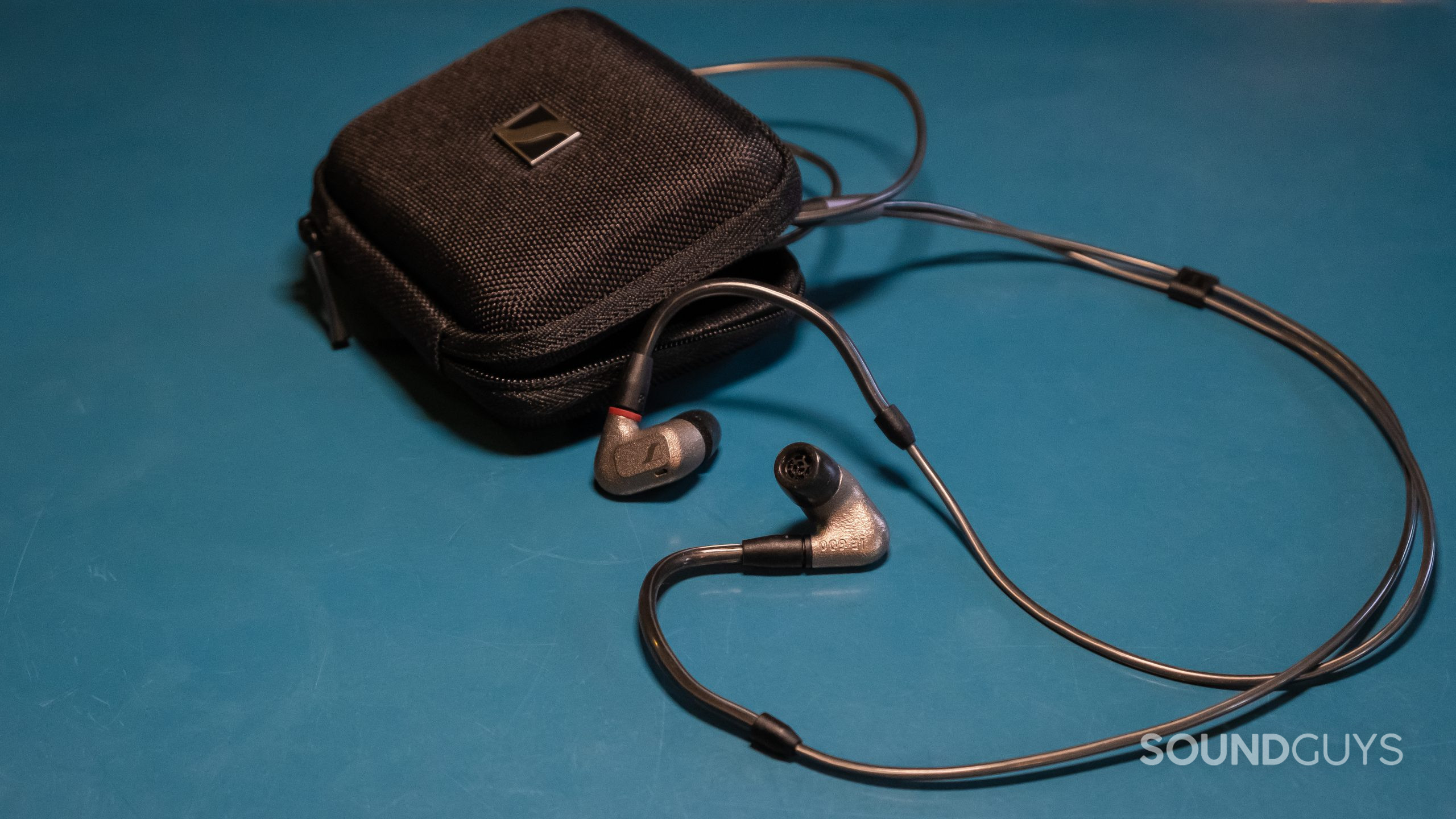



Sennheiser IE 600
Sennheiser has been busy expanding the IE line up, this time with the Sennheiser IE 600. As one of the higher tiered in-ear monitors (IEM) in the series, the IE 600 has both quite a reputation and price tag to live up to. Combining evergreen wired technology with innovative materials, it’s an unique entry. Let’s see if it’s the one to save up for.
Editor’s note: this review was updated on August 30, 2023, to add the Sennheiser IE 200 to Alternatives.
Audiophiles with cash to burn will like the balanced cables and low distortion. Music fans will enjoy the sound quality of the IE 600. Folks who like to buy “the best” can rest assured their investment will last.
What’s it like to use the Sennheiser IE 600?
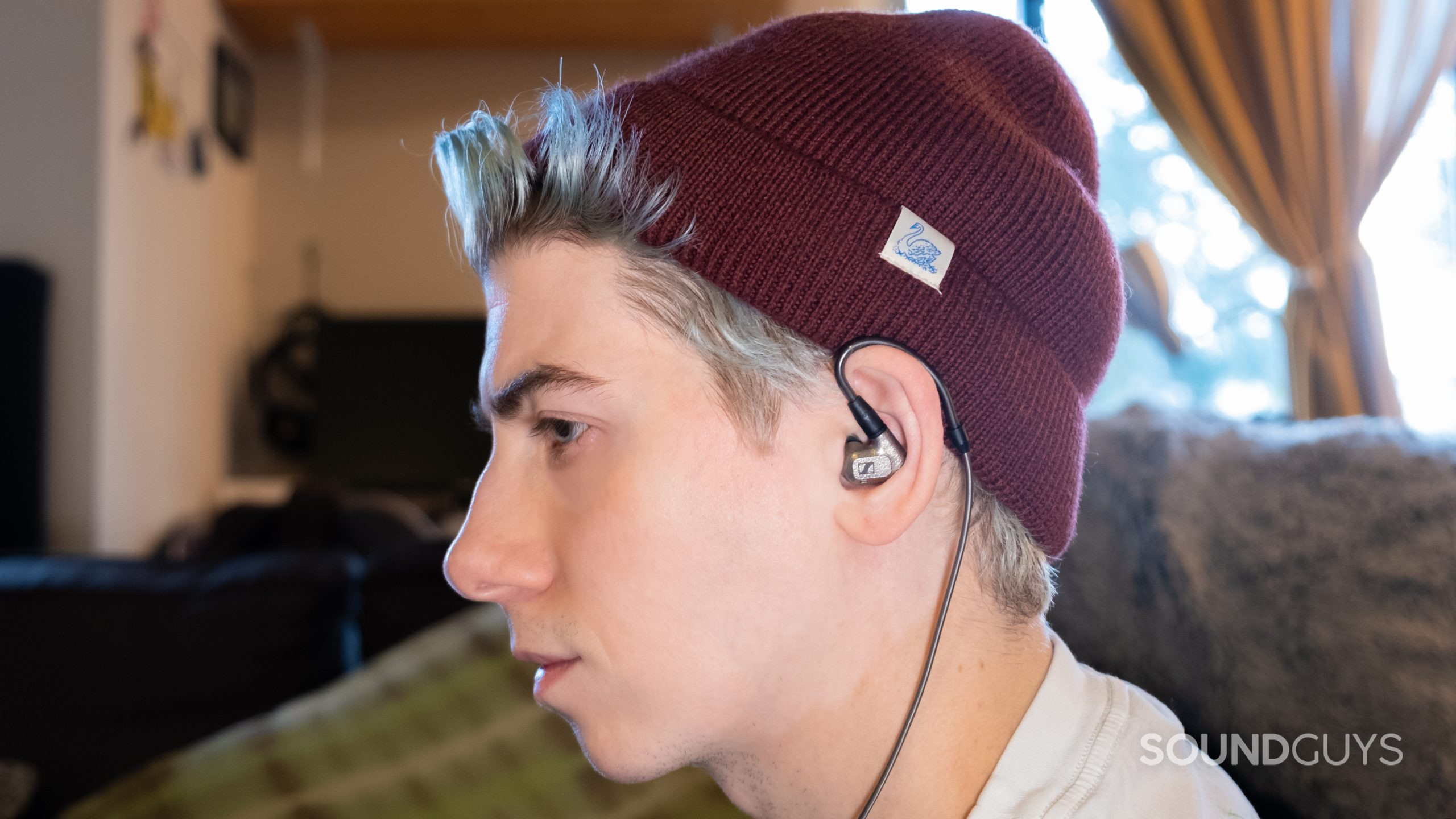
Opening the Sennheiser IE 600 reveals some fanfare, demonstrated with a signed and dated certificate of inspection. The star of the show are the 3D-printed AMLOY-ZR01 housings of the 6g buds. Reportedly tougher than steel and hand finished, the zirconium based metal’s texture is an interesting mix of pitted and sort of smooth. AMLOY-ZR01 has been used in more extreme applications such as aerospace and medical tech, but so have other more pedestrian metals. Based on its composition, folks with nickel allergies should be safe with this.
The IE 600 includes two different sets of three ear tips: silicone and memory foam. These easily slip on and off, which can be a pain to swap with other earphones. For both sets the included sizes measure 10mm, 12mm, and 15mm in diameter. My ears fit the 10mm memory foam best, though the 12mm silicone ear tips feel more comfortable due to the taper at the end of the ear tip — folks with tighter ear canals will probably prefer it. Regardless, it’s nice to be able to choose.
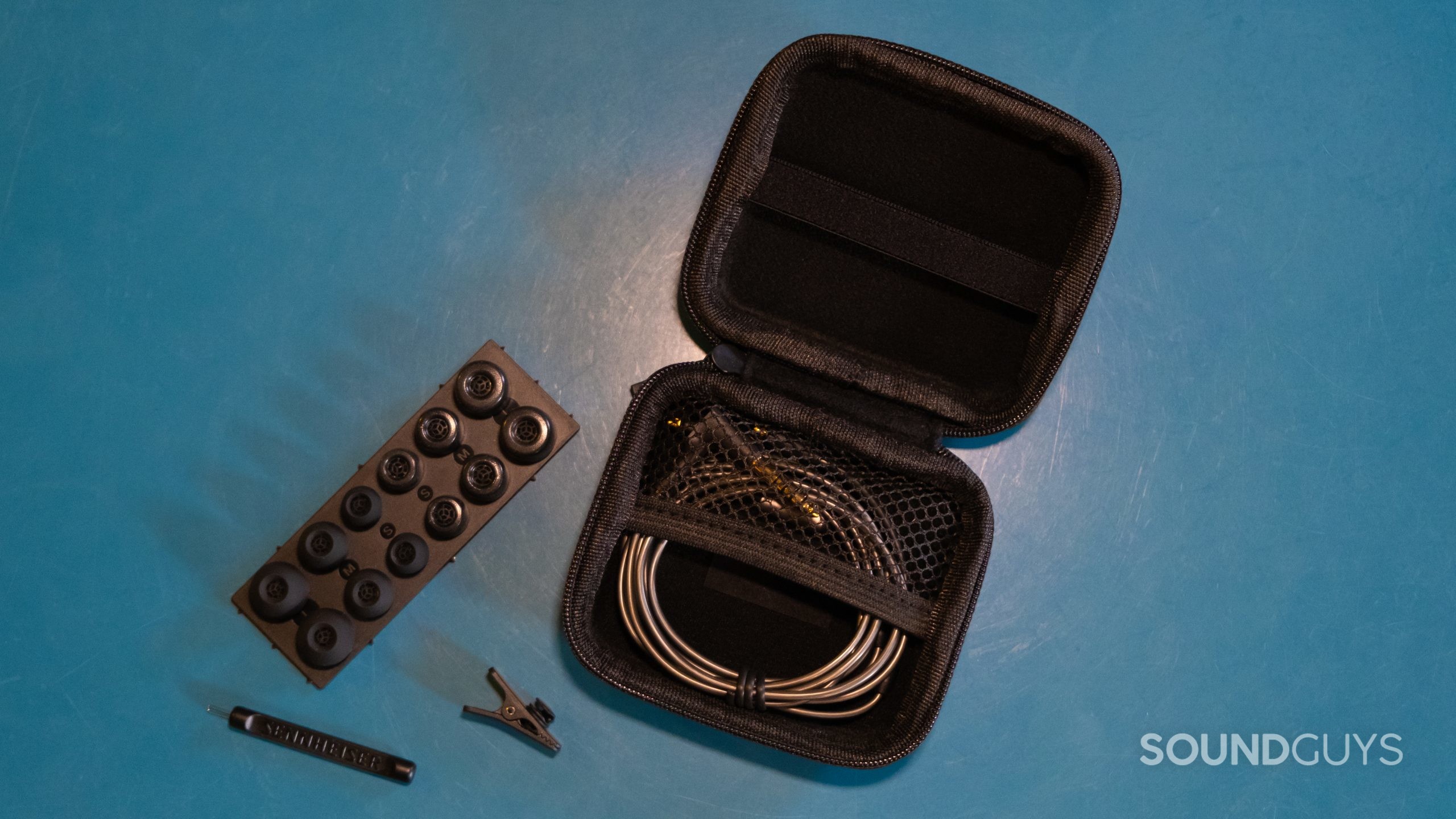
While pleasant to hold and touch, the texture of the AMLOY-ZR01 finish is not my favorite to wear. The IE 600 feels a little uncomfortable after about half an hour due to the finish, but not because of the fit necessarily. The texture itself creates a kind of light friction that’s unnecessary because the cabling already wraps over the ear to secure the buds in place. The texture feels similar to wearing a rough wool sweater. Now, this is subjective of course — some people like their wool sweaters hardy and rough, whereas others feel itchy and need a smoother texture.
The shape of the housings presses ever so slightly where the concha meets the anti-helix on my right ear. It’s also not noticeable for about the first hour of wear. Otherwise, the memory wired over-ear cable feels perfectly fine, retaining its shape generally even after removed. Weight is certainly not a concern with the IE 600 either.
How does the Sennheiser IE 600 connect?
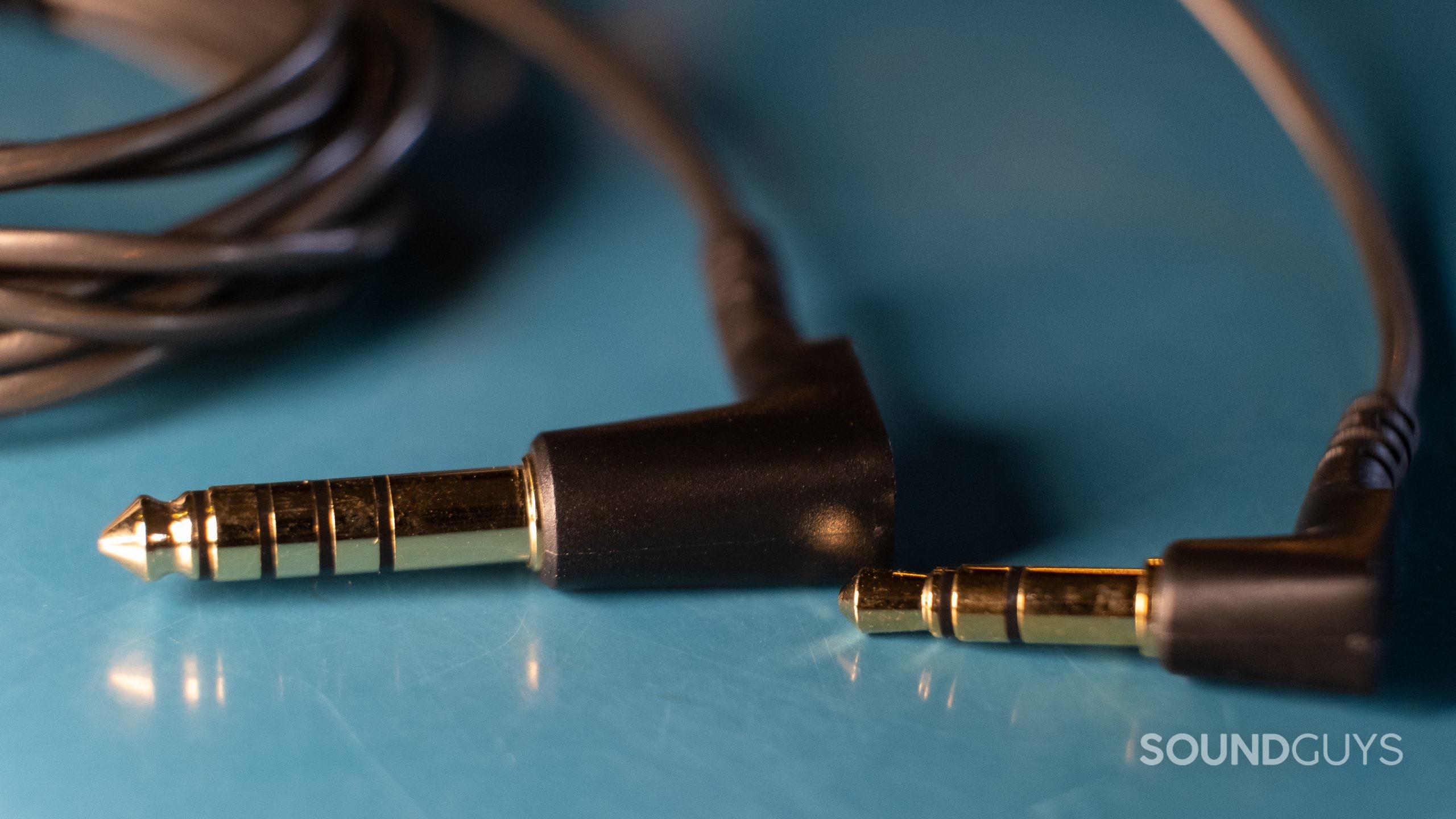
In the box with the Sennheiser IE 600 buds are two cables that interface with the MMCX connectors on the buds. There’s a 1.25m length cable terminating in a standard 3.5mm headphone jack, and another terminating in a 4.4mm Pentaconn headphone jack. The 3.5mm jack connects just like any other standard set of wired earphones. For folks with compatible devices, the 4.4mm (5 pole) jack supplies a balanced connection.
Despite the portability encouraged by Sennheiser through providing a carry case, most of us will need some kind of dongle to gain a wired connection to our phones. Diehard headphone jack fans likely already have a solution, either in the form of a USB-C (or Lightning) to 3.5mm dongle, or a dedicated portable music player equipped with a headphone jack. If you have any interest in gaining the best quality audio, wired is the way to go.
Because the Sennheiser IE 600 impedance is 18Ω with a sensitivity of 118dB / 1Vrms (at 1kHz), you won’t need an amp to drive it. The earphones get plenty loud with pretty much any source.
Whether it matters that you can use balanced or unbalanced connections with the IE 600 depends on a couple of factors, but the general answer is no it doesn’t make a perceivable difference which you pick. First off, even running conventionally (unbalanced), the Sennheiser IE 600 cable does not run risk of external radio frequency (RF) noise interfering with the signal because the low output impedance of a headphone amplifier prevents this.
Also, pragmatically speaking, it’s sort of annoying to make a balanced signal work in terms of connectivity. Our world already has standardized on 3.5mm (or 1/4-inch) headphone jacks, which is an unbalanced, single-ended connection, and nearly all analog headphones use it. We don’t feel that the hassle of having a separate connector standard is justified for no real tangible benefit.
If you happen to own a headphone amplifier that is compatible, you may as well utilize it, but using the bog standard 3.5mm unbalanced connection won’t leave you wanting for better noise reduction or improved crosstalk performance between left and right channels. You might consider the balanced connection as an example of over-engineering, which is not at all a bad thing, except when it becomes inconvenient.
How well does the Sennheiser IE 600 block out noise?
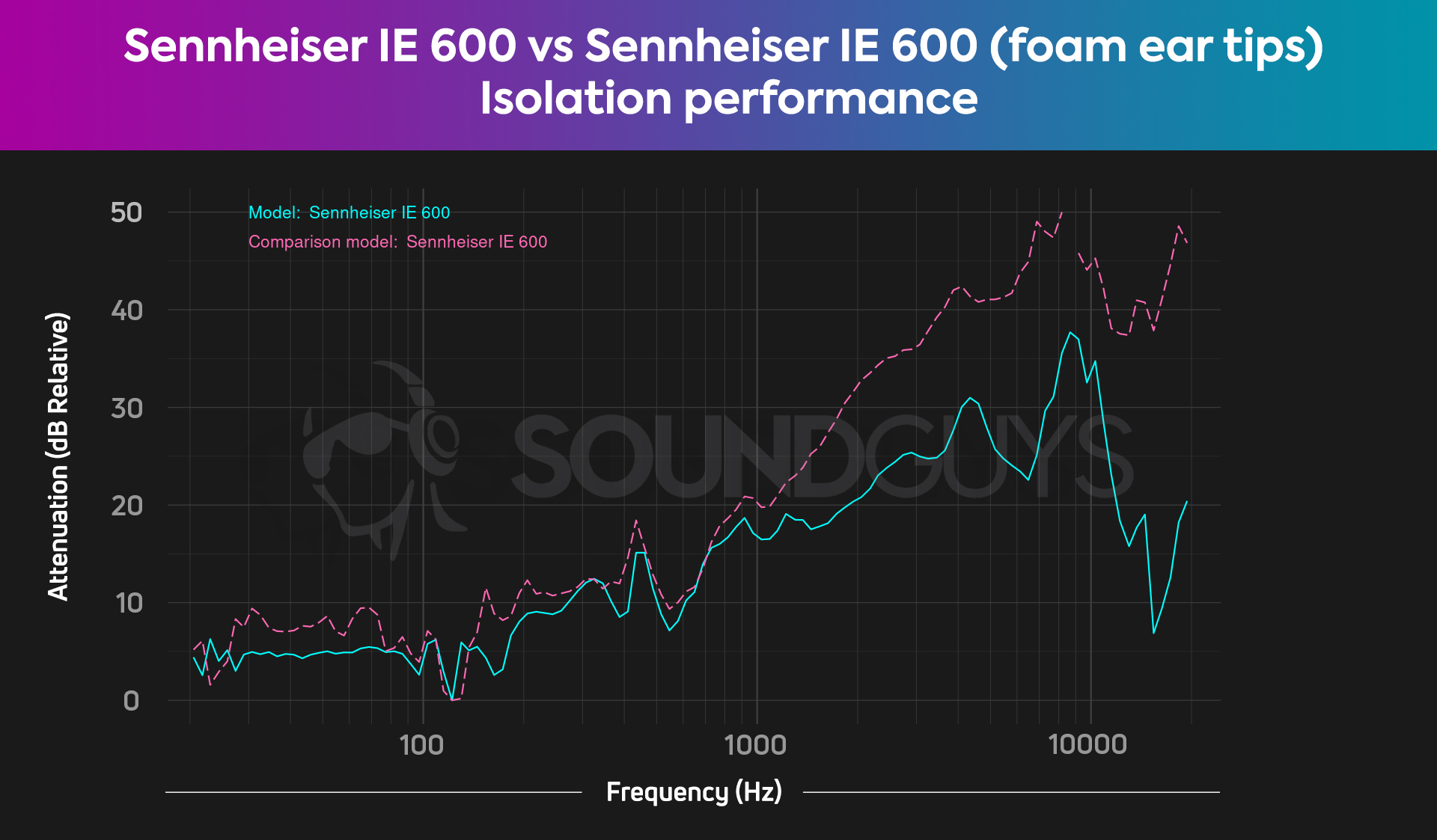
Because Sennheiser includes several sizes and more than one type of ear tip, you can really dial in your fit, influencing not just how well the IEMs stay put, but also how much they isolate. So, the fact that with the foam ear tips the IE 600 blocks between 5 and 10dB sub bass noise is really impressive. Generally speaking you can look at any chart measuring strictly isolation and notice that low pitched noise tends to reach your ears, while high pitched noise receives the most attenuation. This is simply how isolation works.
The Sennheiser IE 600 handily blocks out higher pitched noise. As an example, making out low volume speech might prove difficult, but keystrokes come through with a good amount of unimpeded volume. Even so, it’s nice to not need an app to control your environmental noise.
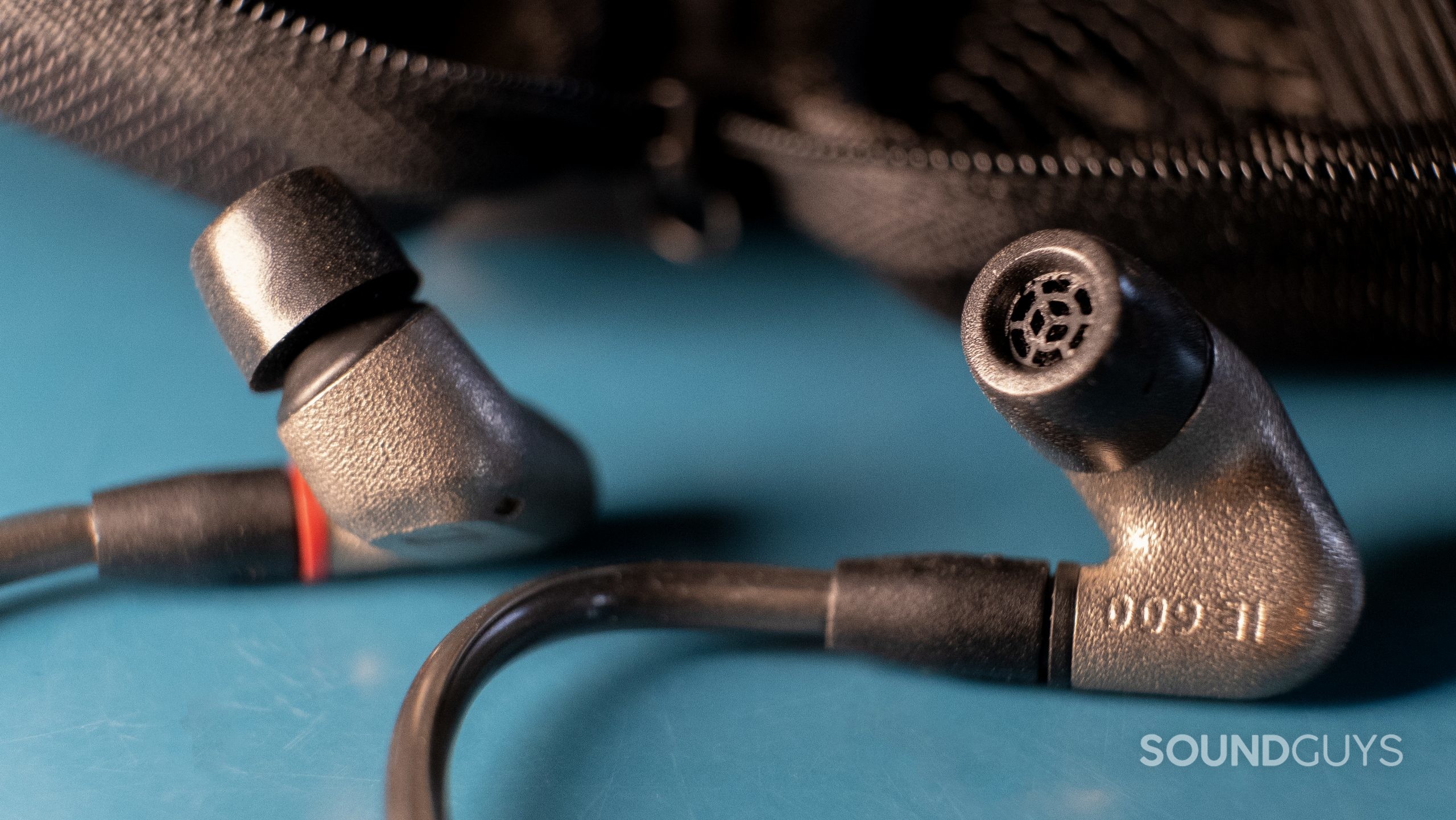
Isolation matters, because while having a good sound is one component required for high quality IEMs, blocking out external noise that interferes with hearing that good sound is another. Isolation stops you from turning the volume up too high in order to hear the parts of your music the environmental noise conceals from your ears.
How does the Sennheiser IE 600 sound?
Editor’s note: this review makes use of a hover-enabled glossary to describe sound quality, based on a consensus vocabulary. You can read about it here.
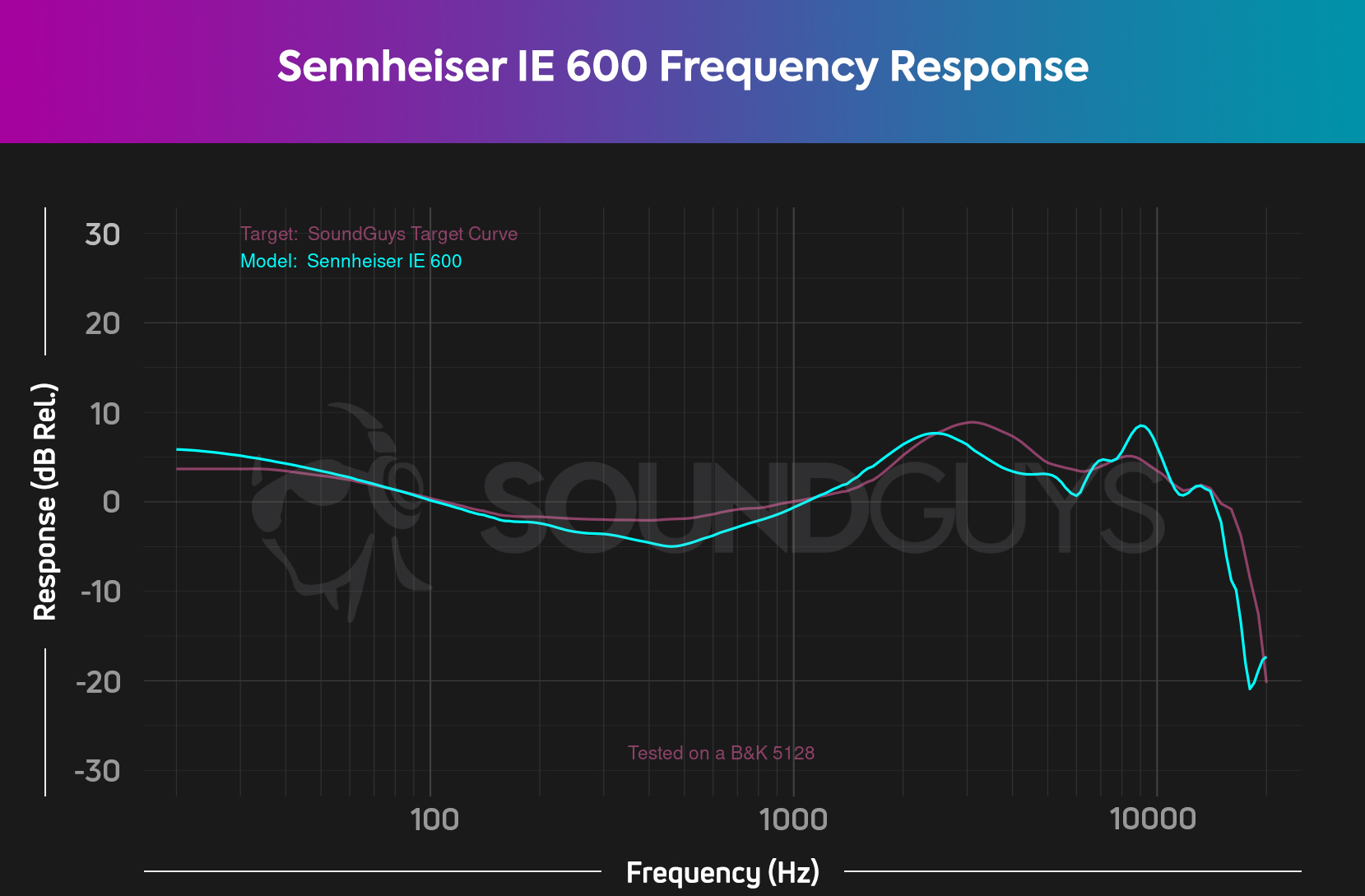
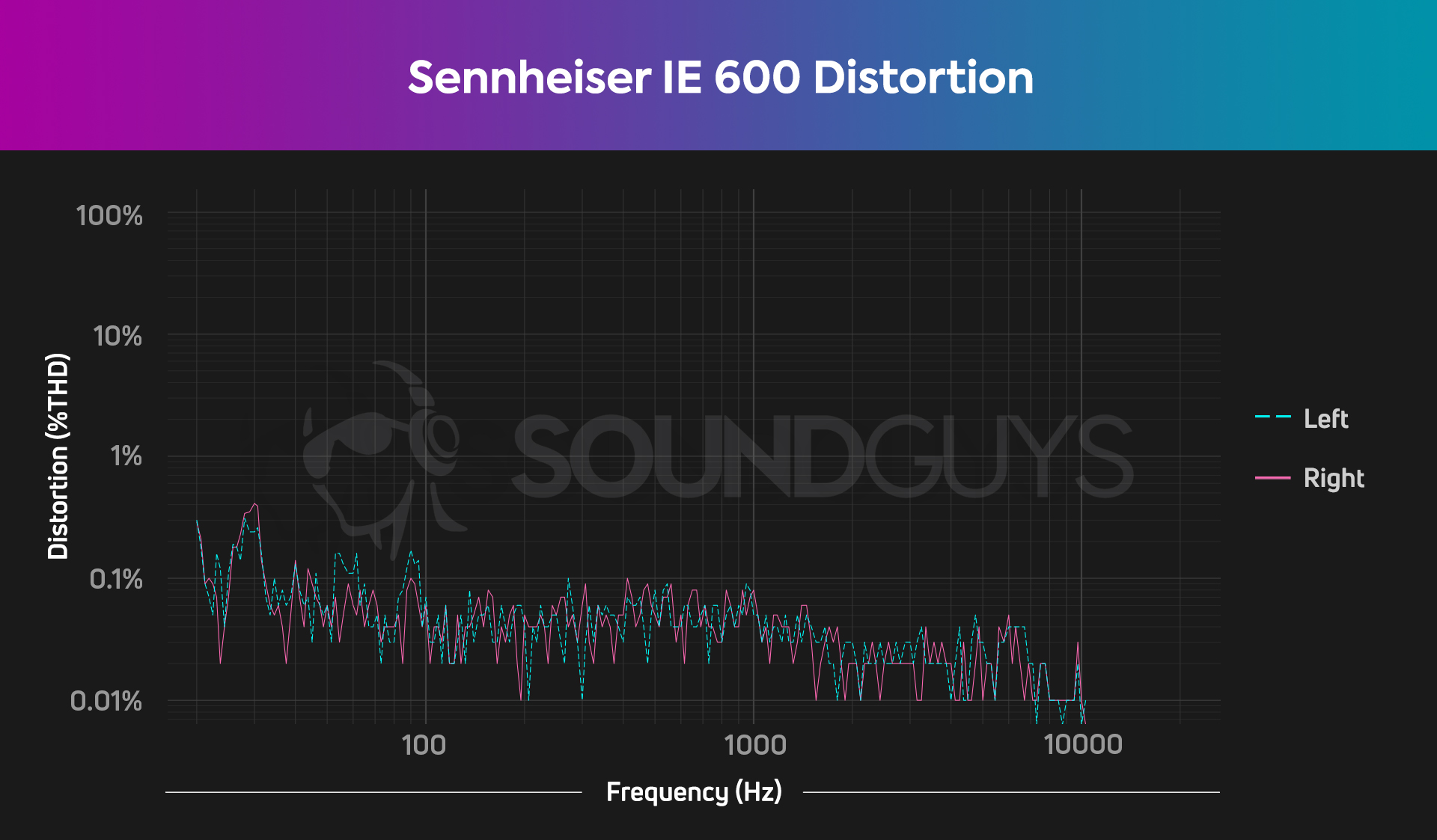
Measured using the standard 3.5mm connection, the Sennheiser IE 600 shows very low distortion (THD). Your audio will come through unencumbered by unwanted distortion.
Should you buy the Sennheiser IE 600?
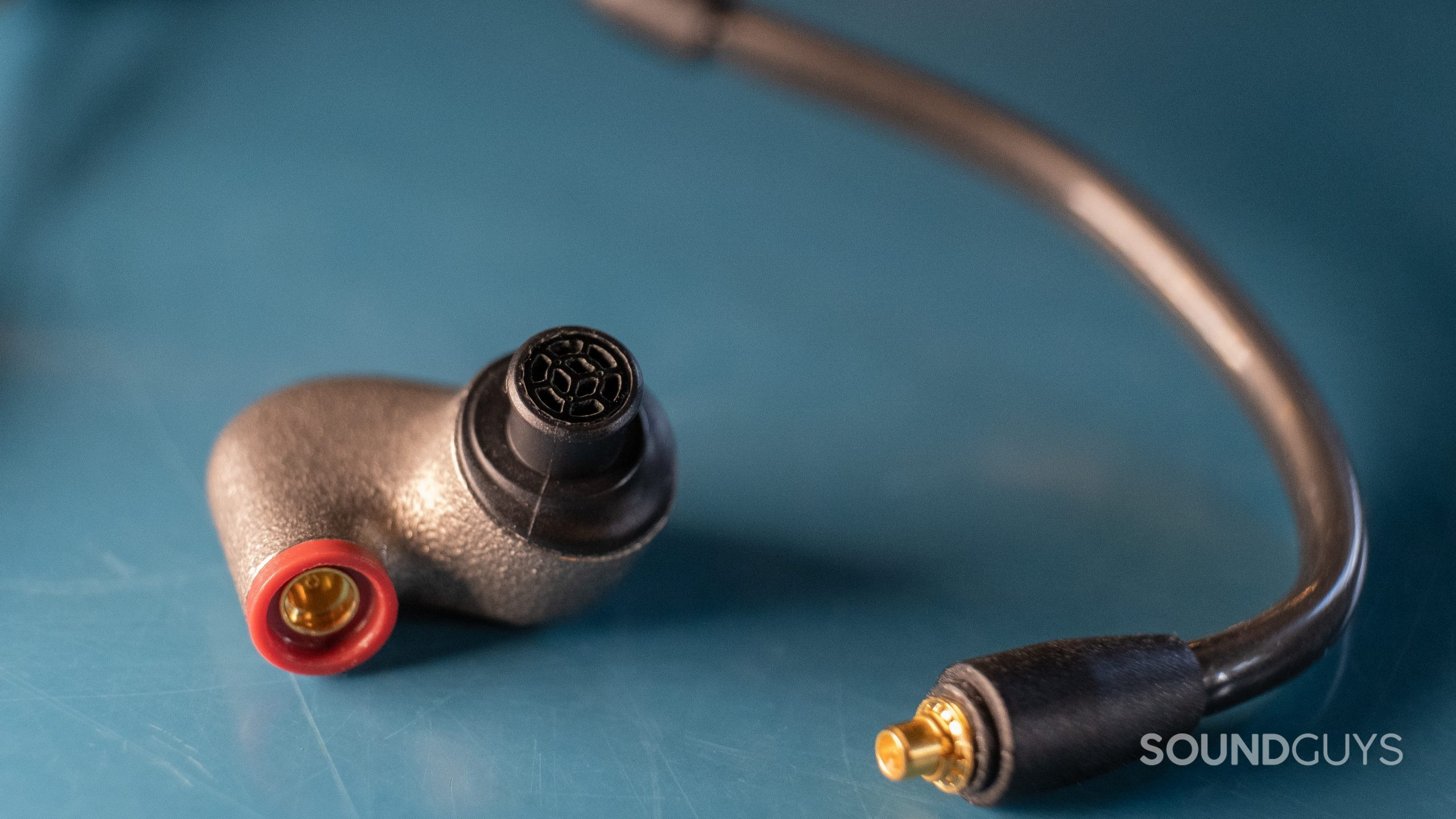
The Sennheiser IE 600 is a well-engineered product. For many people it may be over-engineered, as demonstrated by the balanced cable connections and the AMLOY-ZR01 housings. However, price tag aside, the IE 600 does everything it says it will do, from the undistorted audio to the great isolation. The IE 600 sounds very good, feels tough, and comes with most of the accessories you need.
Assuming you have the funds, try the IE 600 on before you buy to see how it fits. Everything else comes down to preferences. How you feel about the texture of the housings, whether you care for over-ear cabling, and if you prioritize a wired connection will all help determine if the Sennheiser IE 600 is right for you. To the individual seeking a well designed application of novel materials that will always sound good and doesn’t need a replacement every few years when a battery dies, the Sennheiser IE 600 is a good pick.


Should you get the Sennheiser IE 300 or Sennheiser IE 600?
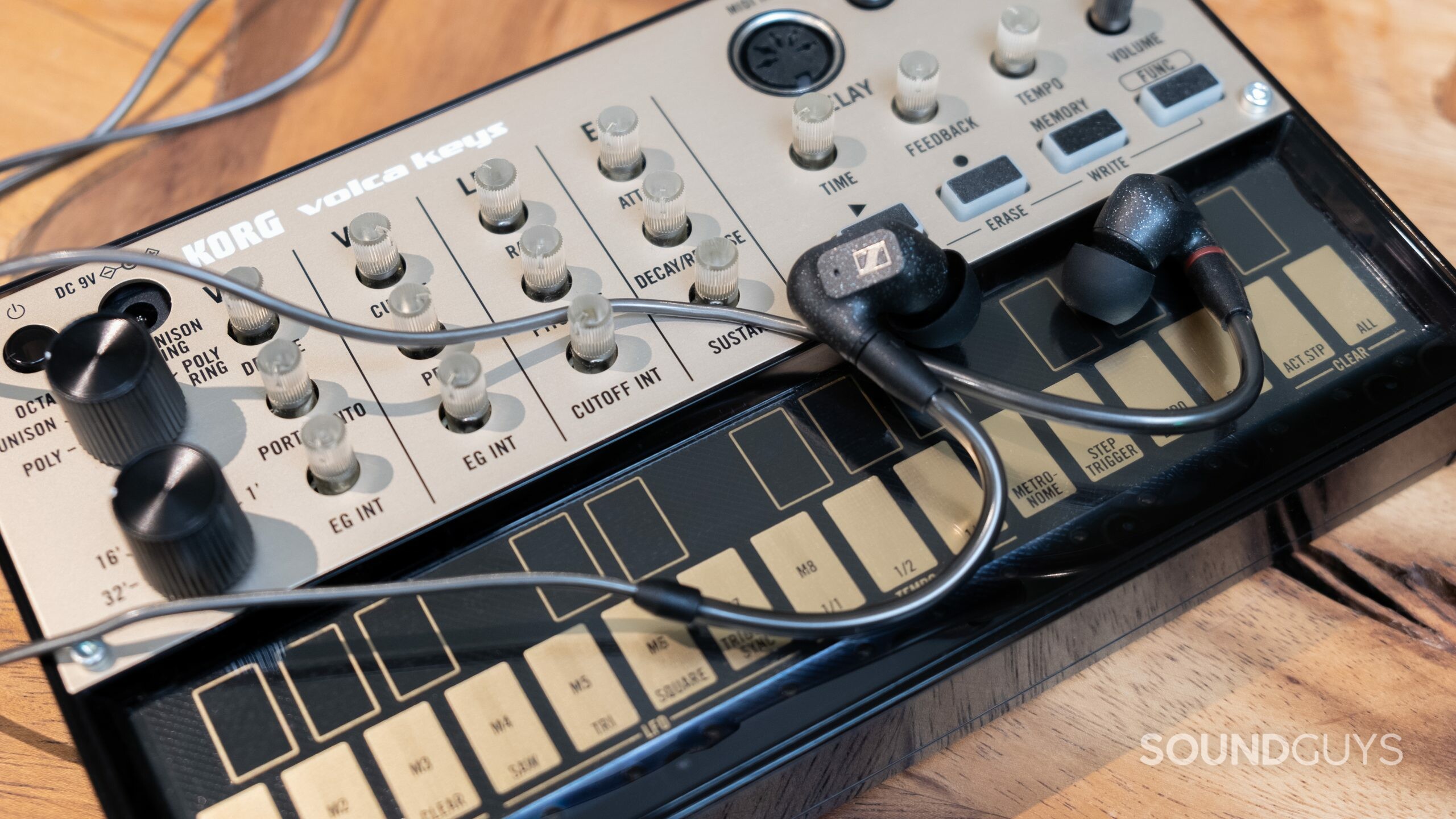
When it comes to IEMs, Sennheiser’s greatest competition is itself. The Sennheiser IE 300 is an excellent set of wired earphones and costs $281 at Amazon. That’s no small sum of difference between the IE 300 and IE 600. The IE 300 also uses para-aramid cabling like the IE 600, but you only get one 3.5mm cable, rather than two cables (IE 300 doesn’t includes a balanced 4.4mm, which is no great loss).
More obviously, the IE 300 is constructed of plastic and not the space age AMLOY-ZR01. For the vast majority of people, that won’t make an enormous difference. If the texture of the IE 600 is not your taste, the plastic could feel better in-ears.
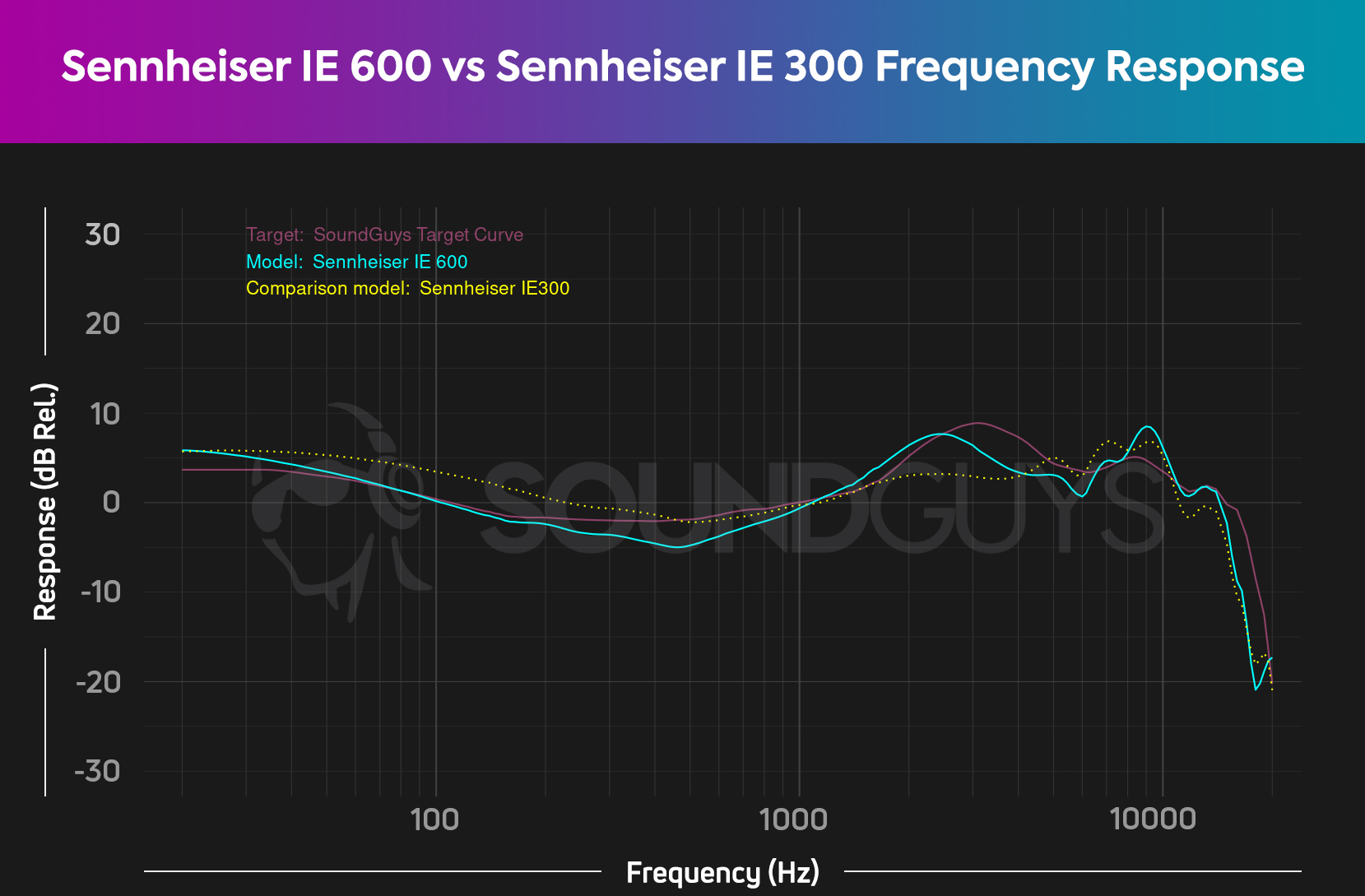
Overall, the tuning of the IE 300 has more low mids and bass on tap, and some under emphasis between 2kHz and 5kHz compared to the IE 600. Both sound good, but the IE 600 technically gets a little closer to our target.
What should you get instead of the Sennheiser IE 600?
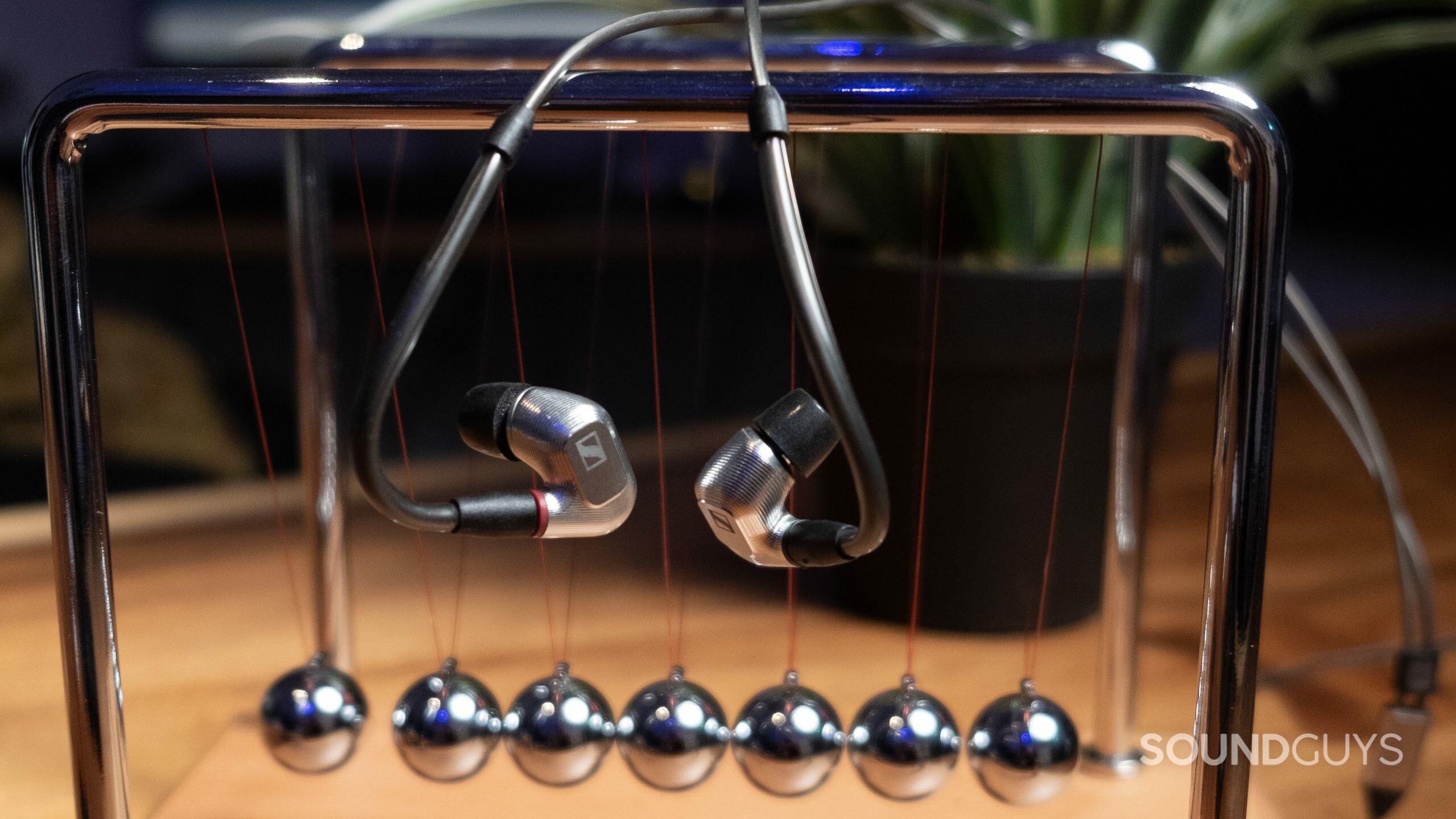
If you’re already considering purchasing the IE 600, you might as well also look at the premium priced, Sennheiser IE 900 ($1199 at Amazon). It has a smoother metal housing, and if you find the pitted texture of the IE 600 unappealing, it may feel better. Otherwise, it’s pretty similar, with less treble emphasis and equally good isolation, rather like the IE 300 in tuning.
If you can’t afford the Sennheiser IE 600, looking to another set from the IE line makes sense. At the lower price point there’s the Sennheiser IE 100 PRO Wireless, which is marketed as a Bluetooth or wired option, and sells for only $149 at Amazon. It’s pretty comparatively plastic, but sounds good.
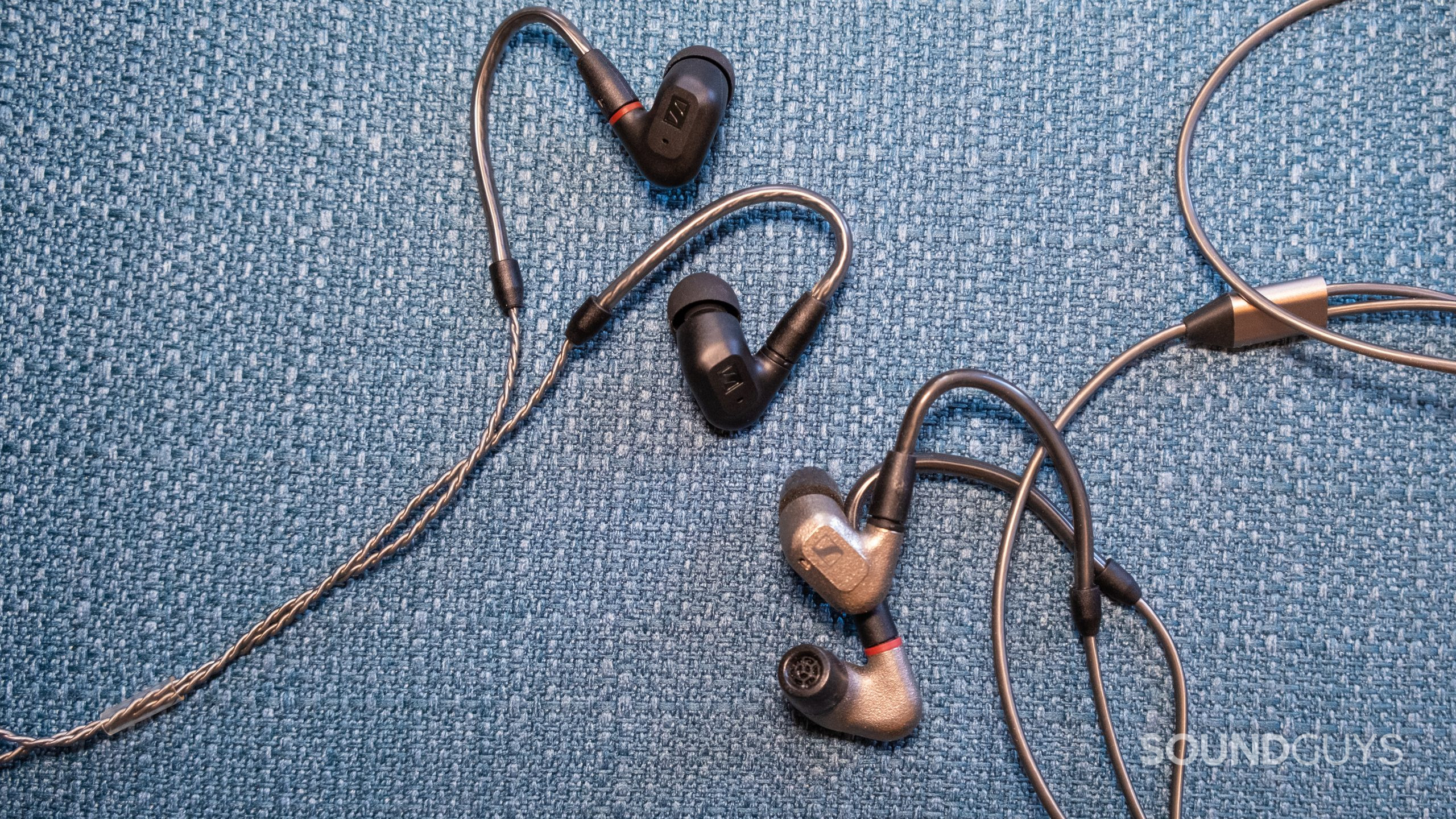
Moving along, the Sennheiser IE 200 sounds pretty close to the Sennheiser IE 600, but sans the space-age materials. For most people, this set of IEMs will get you most of the way there and at a more easily justified price tag ($119 at Amazon). You’ll have to contend with losing the added balanced cable, but again, most people won’t care.
If you want more bass than the IE 600, the Campfire Audio Honeydew is a fun set of isolating earbuds. Granted, these buds have more distortion (THD), so it’s not the best choice for super analytical listening. It does cost less though ($349 at Amazon), which is nothing to sneer at.
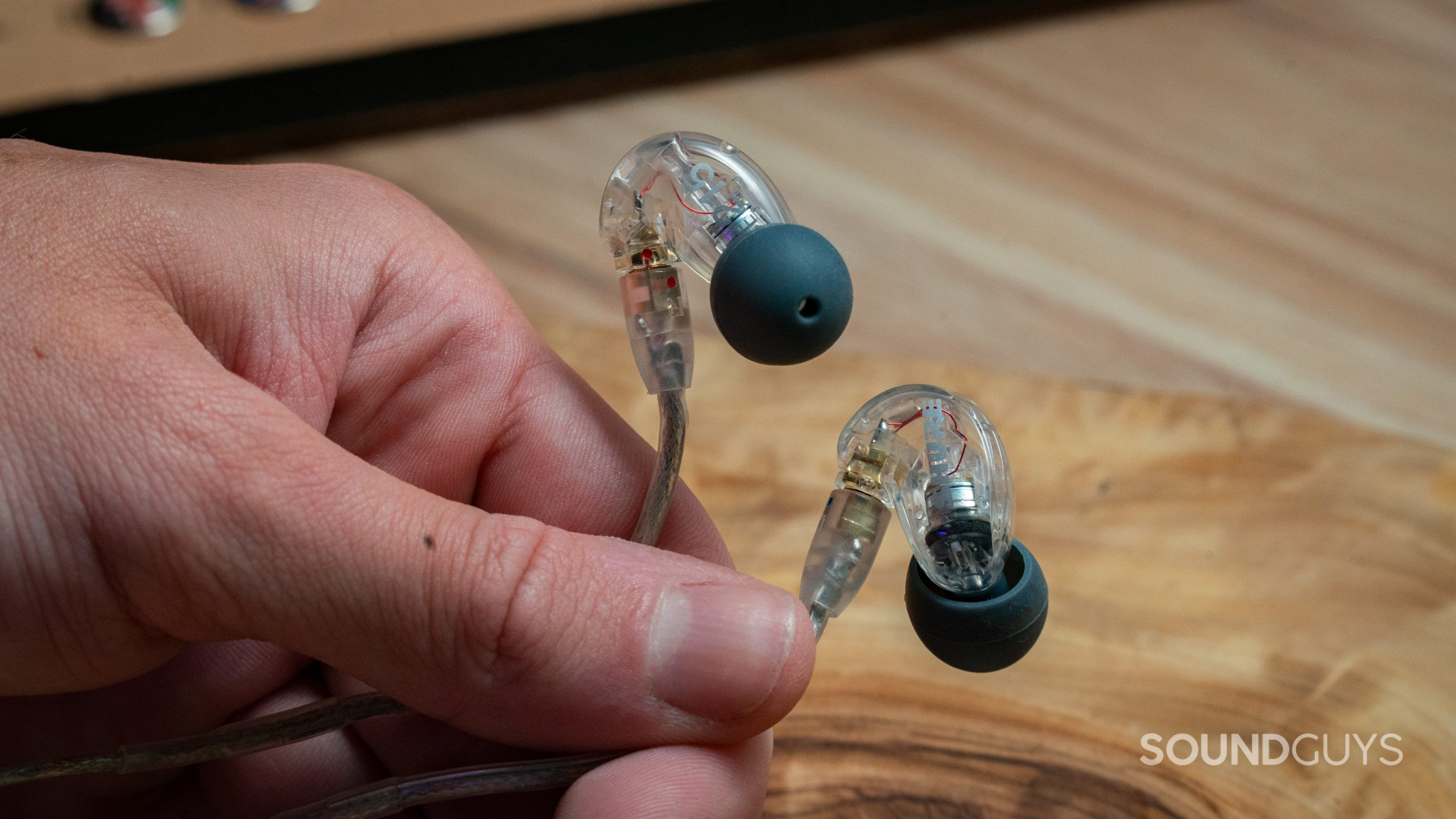
Lastly, the Shure SE215 is comparatively inexpensive, only $99 at Amazon. It sports a fairly consumer friendly tuning, but if you want well priced earbuds that do the job, these are a great option.
Frequently asked questions
The Sennheiser IE 600 is made in Germany. Like most audio products, the IE 600 is made with automated machinery. What makes its production different from other mass produced earphones is the housing is finished by hand.